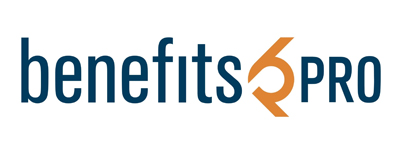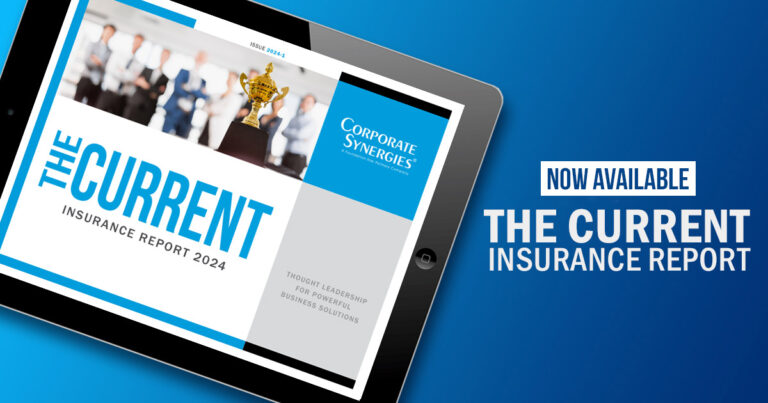
Haven Healthcare, formed by JPMorgan Chase, Amazon and Berskshire Hathaway in 2018, came in like a lion, but like many others who promised to fix the U.S. healthcare system, went out like a lamb. The three business behemoths claimed that Haven would control healthcare costs, increase access, and create greater efficiencies for their 1.2 million employees while disrupting the American healthcare landscape. Yet about three years later, it went softly into the night with barely a whimper. Why couldn’t three highly successful organizations improve the current situation for their millions of employees, let alone disrupt the healthcare space? More importantly, what can employers learn from Haven Healthcare’s closing?
First, let’s look at the promise of clout and buying power. While 1.2 million employees is certainly a huge number, it cannot compete with the consolidated market share of the tens of millions of members the big three insurance companies bring to the table and is woefully insignificant when compared to the over 100 million covered by the various Blues organizations. Once you spread those employees across the country, you lose even more leverage. If all million were in Philadelphia let’s say, you could negotiate with Penn or Jefferson, the area’s two largest health systems, for preferential pricing. But since these employees weren’t consolidated in one region, their clout wasn’t as significant as they thought. They weren’t dealing with one negotiation; instead, they were presumably negotiating in many regions, diluting their buying power.
Business logic doesn’t necessarily always work within the supply and demand of healthcare. Generally, we think in terms of volume discount—if we buy more, we pay less per unit, but the seller or provider of healthcare services still has expenses and capacity limitations. A volume discount eventually peaks. Just because we are using more healthcare doesn’t mean we can keep pushing the cost down; in fact, we eventually end up with the reverse happening. The most prestigious facilities and most skilled healthcare practitioners often negotiate the highest rates of reimbursement. As more people want access, prices increase. When we analyze claims and utilization, we see higher reimbursement/payment rates on specialty facilities and facilities with strong reputations or a big brand in their field.
Most relevant to employers is what Haven Healthcare’s closing shows about participant behavior.
While many of the Haven postmortems have focused on the numbers and competition, the real challenge extends beyond any one organization and requires broader behavior change in participant utilization. A carrier can negotiate the lowest pricing, but then high utilizers are simply getting a lower price but still buying a lot of service which nets a high cost to the plan. In addition to volume, our society relies on reactionary healthcare use. Most healthcare utilizers only access healthcare when something is wrong, and often after they simply cannot ignore the pain or issue any longer. An issue that may have been resolved with a little cost-effective physical therapy now requires surgery and rehabilitation, increasing the costs to solve the same problem.
Of the many great employers I have consulted for over the years, only one had preventive healthcare costs appear in their top five cost drivers. This premiere health information site was hyper-focused on promoting smart utilization. They executed a very aggressive strategy to incentivize employees and dependents to focus on consistent engagement in their health and wellness.
Haven Healthcare started with a great premise and one could even argue a noble cause. They hired very talented and smart people and they had clout, or so they thought. But Haven underestimated these patterns of behavior. Americans tend to be healthcare super utilizers and poor consumers, and the insurance payment system rewards this behavior and encourages the cautious physician and facility to enable it.
While this may have helped doom Haven, this presents an opportunity for employers to help reduce costs and improve employee well-being. Wellness and topic-specific communications campaigns can help create educated utilizers. While this may not reconfigure the national healthcare landscape immediately, it’s still progress and would make a positive difference in the employer’s healthcare landscape.





